There’s nothing quite like the taste of fresh, homegrown tomatoes—juicy, flavorful, and packed with nutrients. Whether you have a backyard garden or just a small balcony, growing your own tomatoes is easier than you think. With the right soil, sunlight, and care, you can enjoy a steady supply of delicious tomatoes throughout the season. This guide will walk you through the step-by-step process of successfully cultivating tomatoes at home, from choosing the right variety to harvesting ripe, flavorful fruit. Let’s get started on your journey to homegrown goodness!
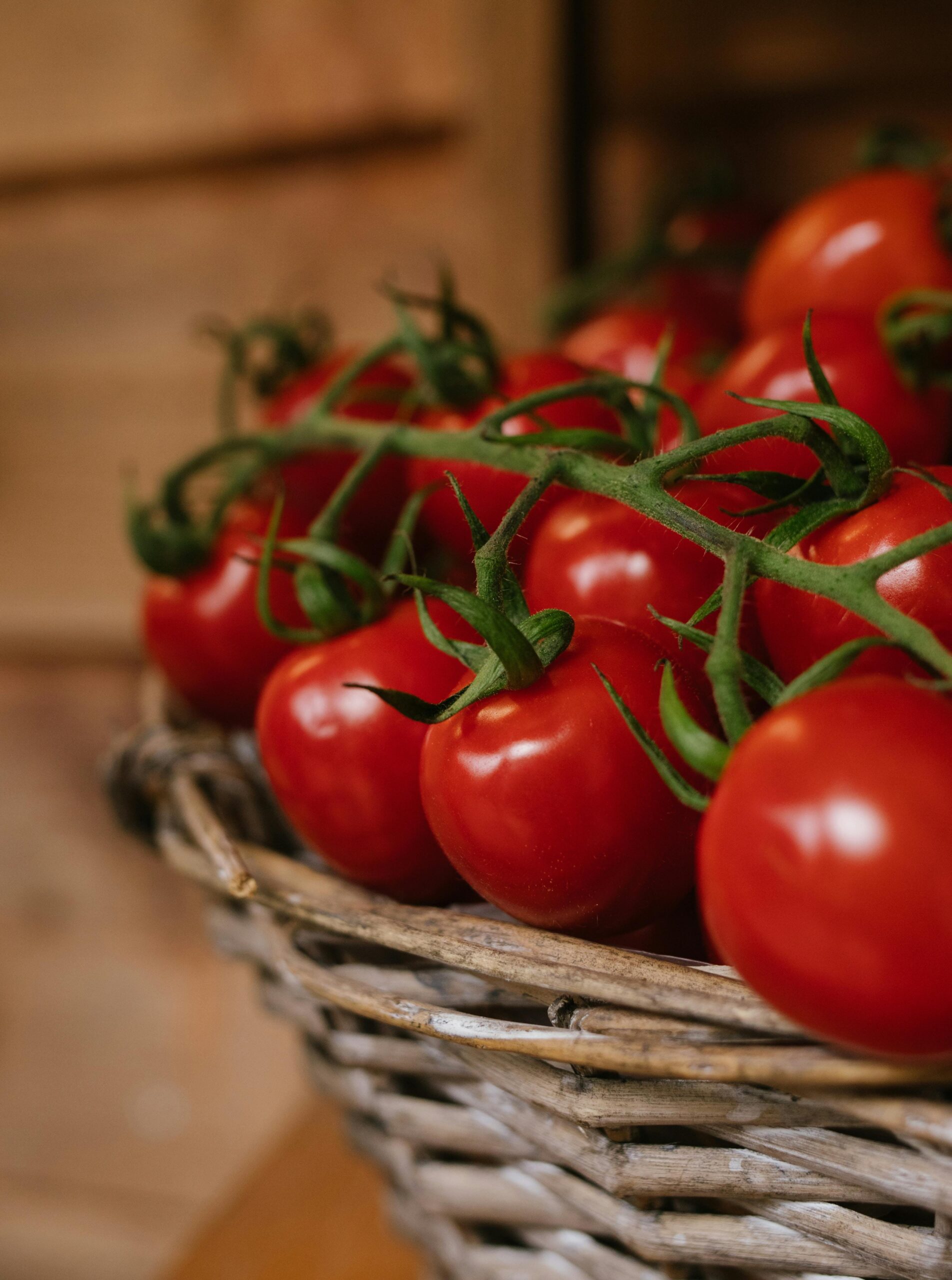
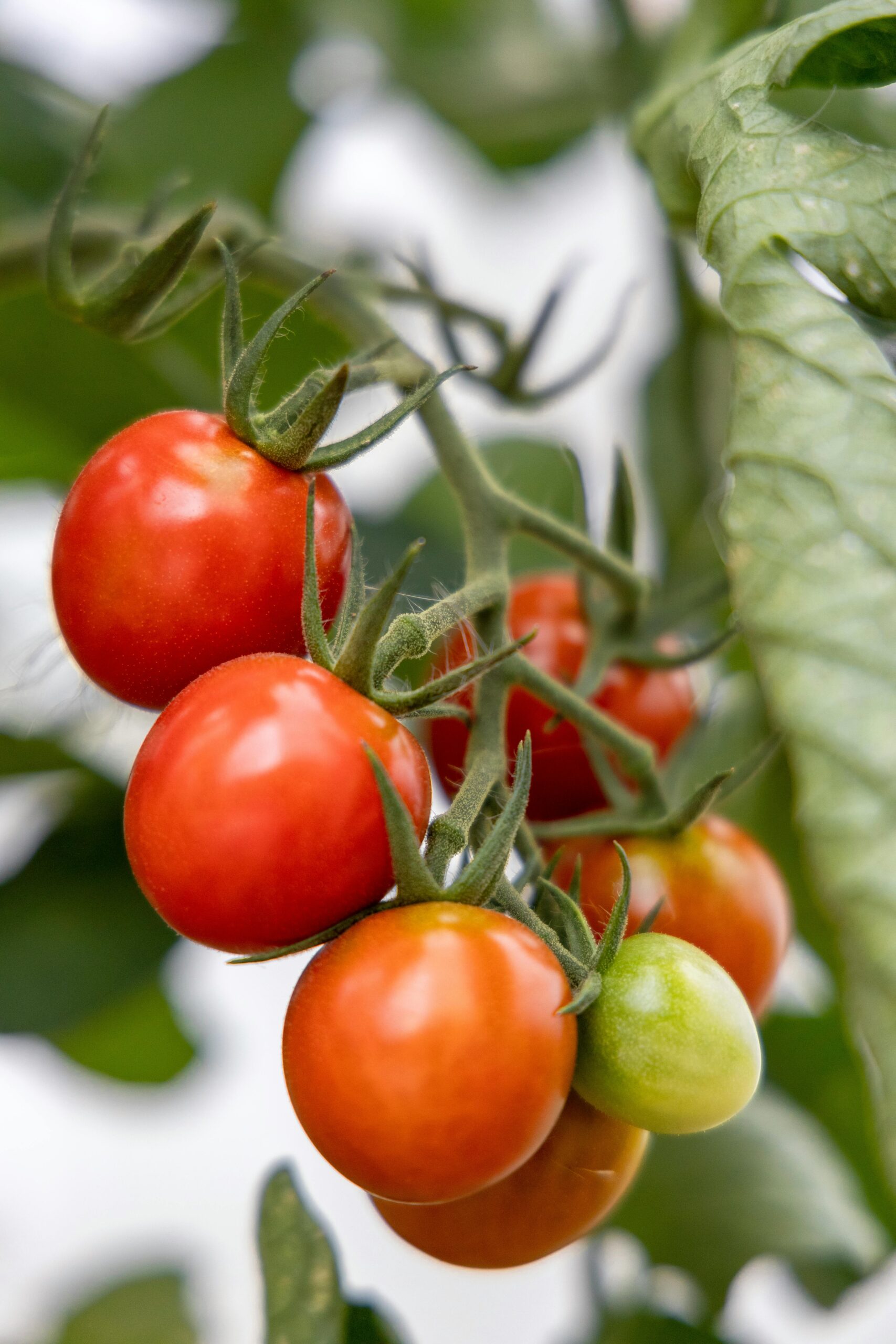

What is the Best Season for Growing Tomatoes at Home?
In temperate climates, the best time to plant tomatoes is after the last frost in spring. If you live in tropical or subtropical regions, avoid planting during the hottest months. Instead, grow your tomatoes during the cooler period for optimal results.
Ideal Temperature: Between 65°F and 85°F (18°C–29°C). (Choose tomato varieties suited to your climate)
Confused About Choosing the Right Container?
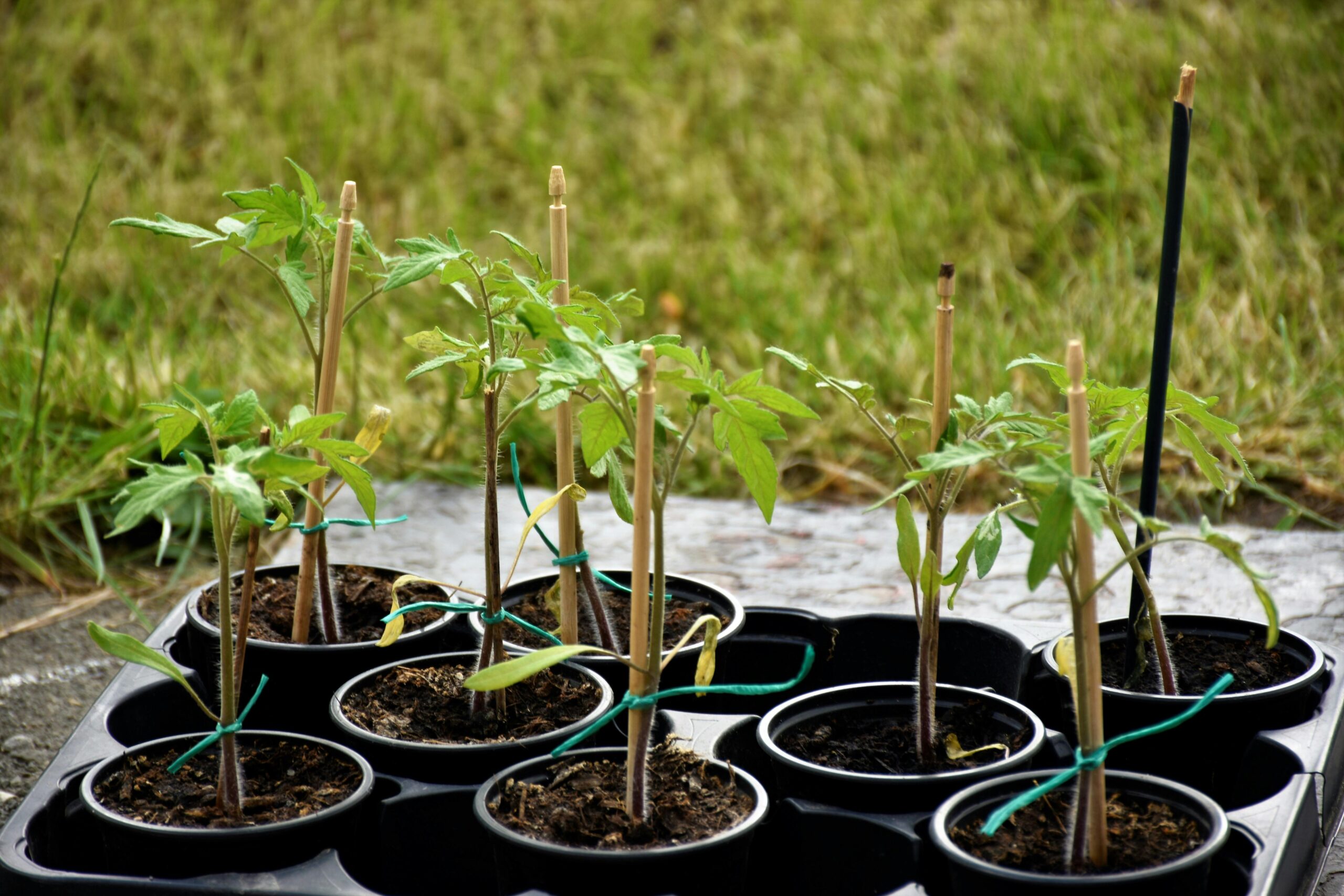
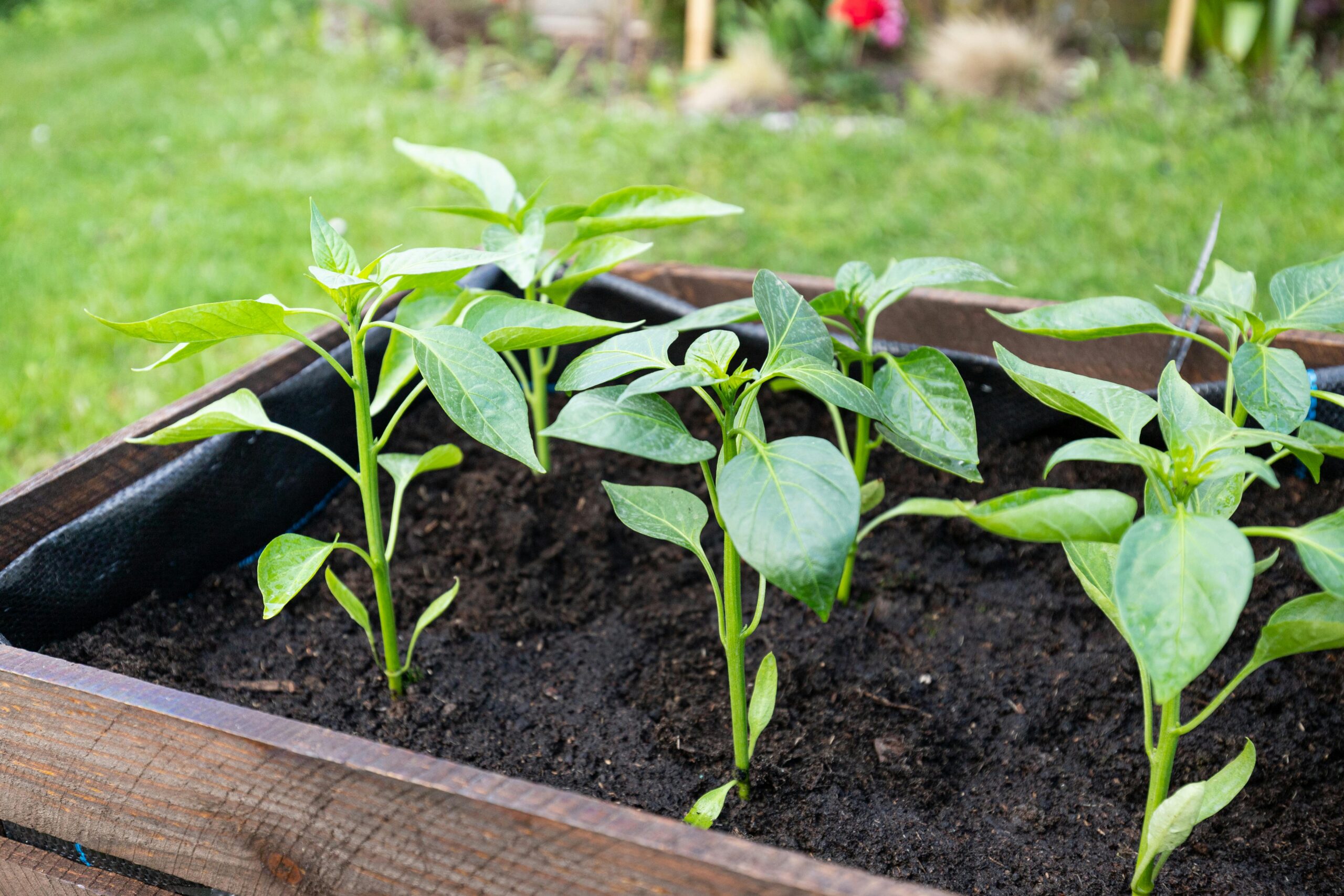
We’ve got you covered! Here’s what you need to know about container size and material:
- Use a container that is at least 12 inches (30 cm) in diameter and 18 inches (45 cm) wide and deep.
- Each container can accommodate 2-3 plants.
- Ensure the containers have proper drainage holes to prevent waterlogging, which is crucial for healthy plant growth.
Ready to Prepare the Soil Mixture?
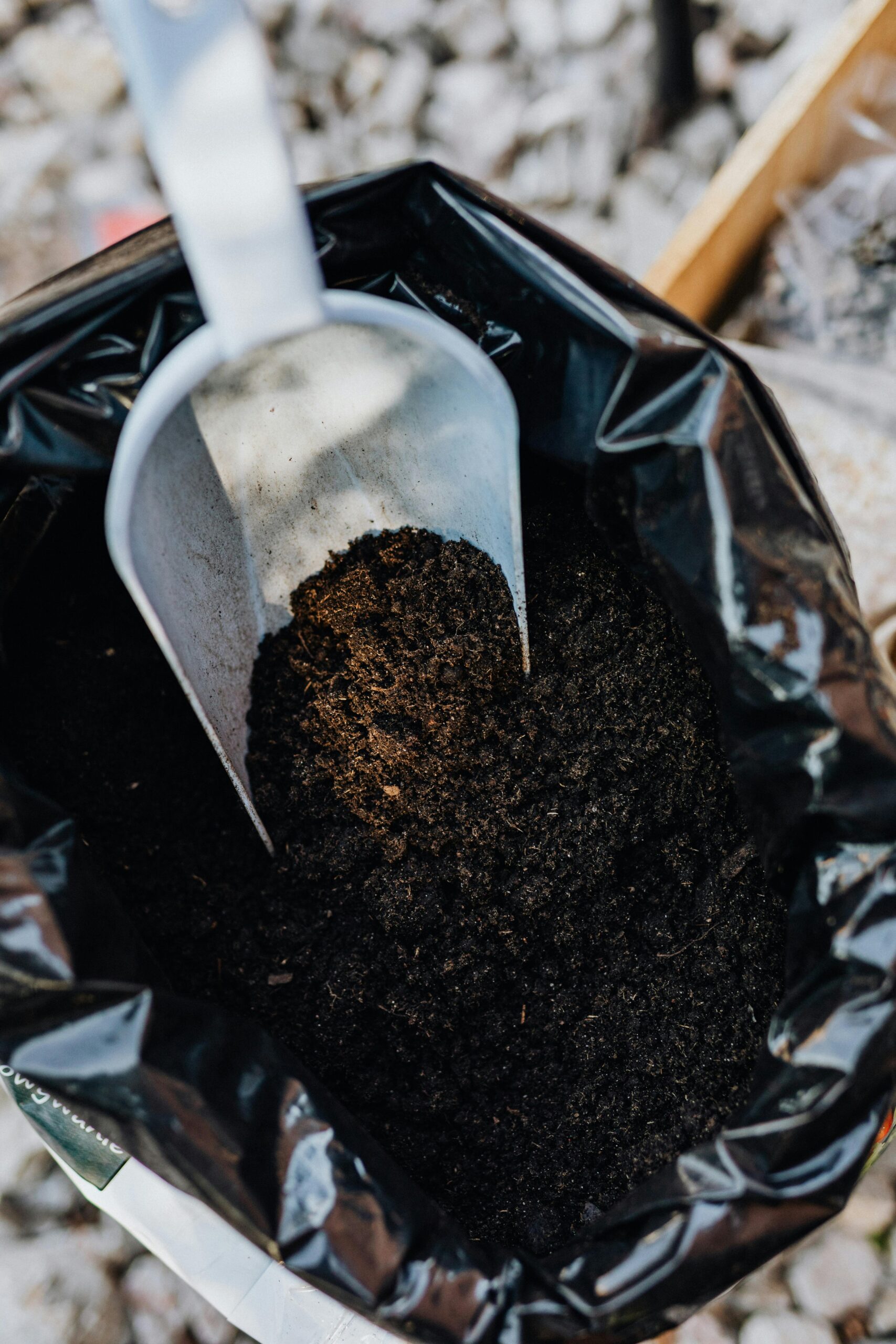
Follow these steps to create the perfect soil mixture:
- Mix equal parts:
- One-third potting soil
- One-third compost
- One-third perlite or coarse sand
- Add a slow-release fertilizer to enrich the soil.
A good soil mixture is essential for the health and productivity of your plants.
Want to Know About Fertilizer?
Types of Fertilizer:
- Early Growth: Use balanced fertilizers such as 10-10-10 (NPK).
- Flowering Stage: Switch to low-nitrogen, high-phosphorus fertilizers like 5-10-10.
Frequency:
- Apply a base layer of fertilizer at the time of planting.
- Feed your plants every 2-3 weeks throughout the growing season.
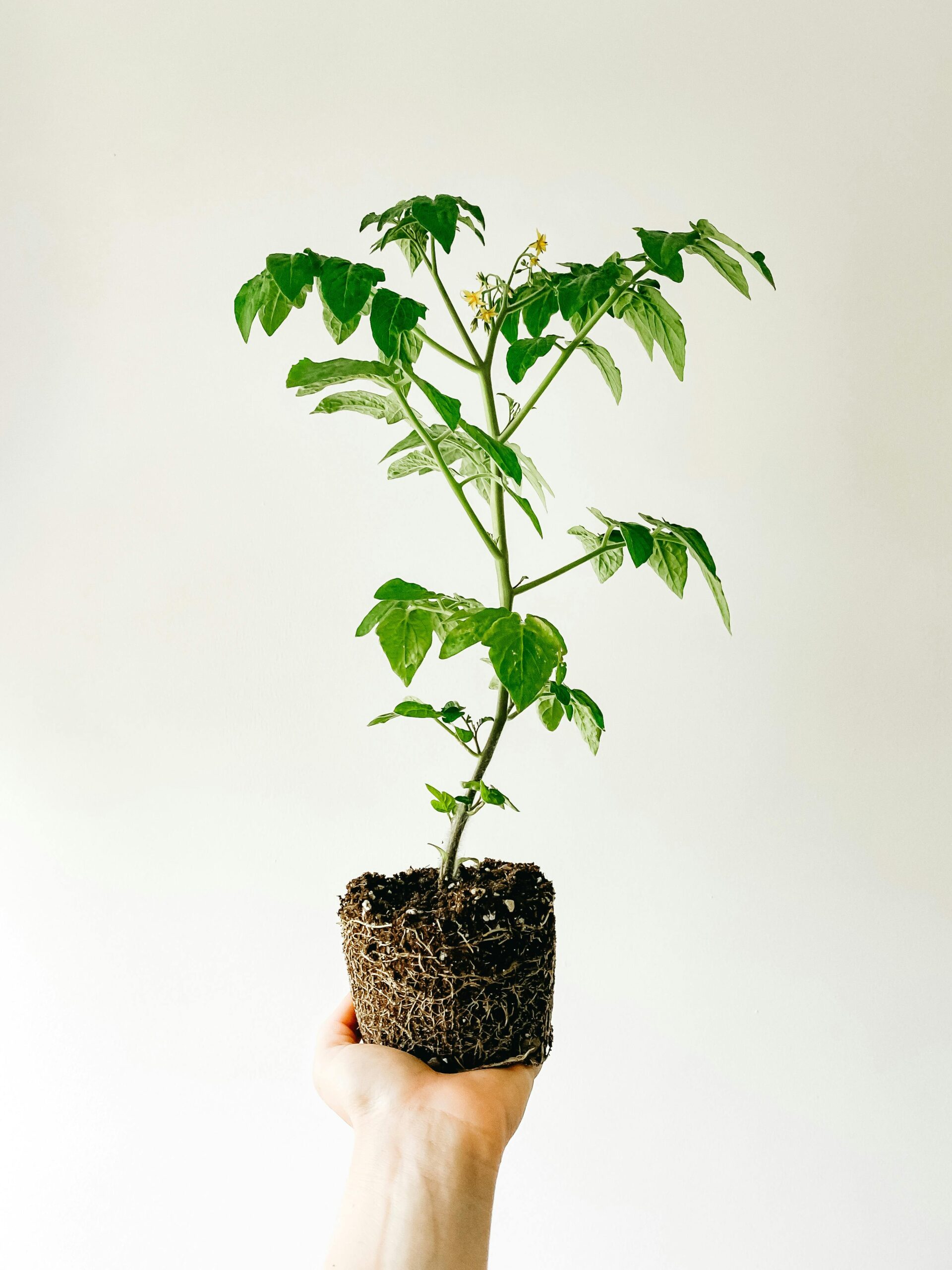
Choose Your Planting Process
Seeds vs. Seedlings
- Starting from Seeds:
- Plant seeds in coco peat 6-8 weeks before the last frost.
- Transplanting Seedlings:
- Transplant seedlings once they are 6-7 inches tall.
Spacing:
- Maintain a distance of 18-24 inches between plants to allow for healthy growth.

Planting Depth:
- To encourage strong root growth, plant seedlings deeply in the soil.
Take Care of Light and Water Requirements
- Sunlight: Ensure your plants receive 6–8 hours of direct sunlight daily.
- Watering:
- Tomato plants like moist soil. Therefore, keep the soil consistently moist but not waterlogged.
- Water deeply 2–3 times a week.
Support Structures for Your Tomato Plants
- Types:
- Tomato plants grow better with support. Use stakes, cages, or trellises for indeterminate varieties.
- Bush varieties may require minimal support. Provide a small structure to help them grow.
Timing for Support:
Always install support structures early to avoid damaging the roots later.
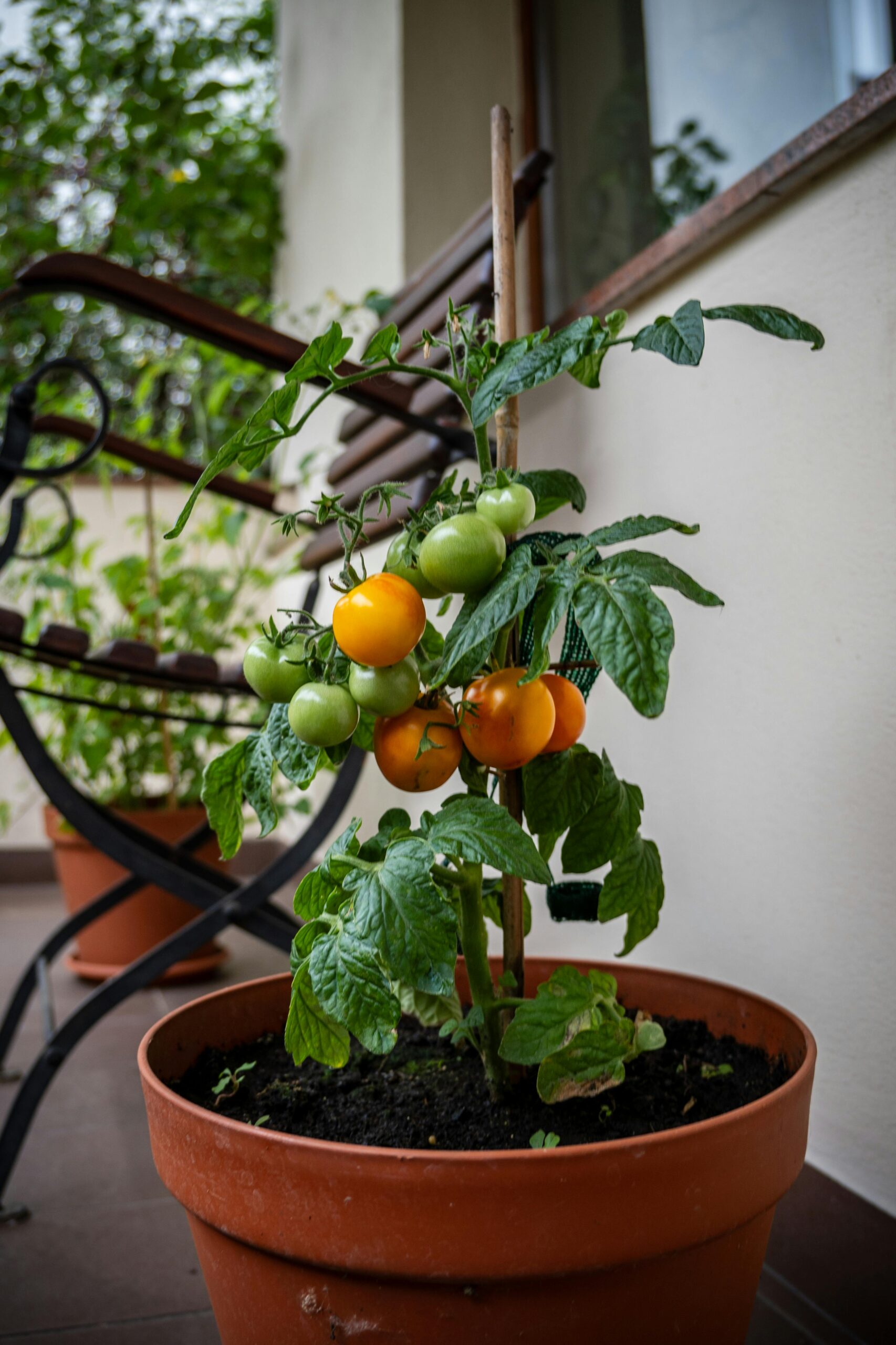
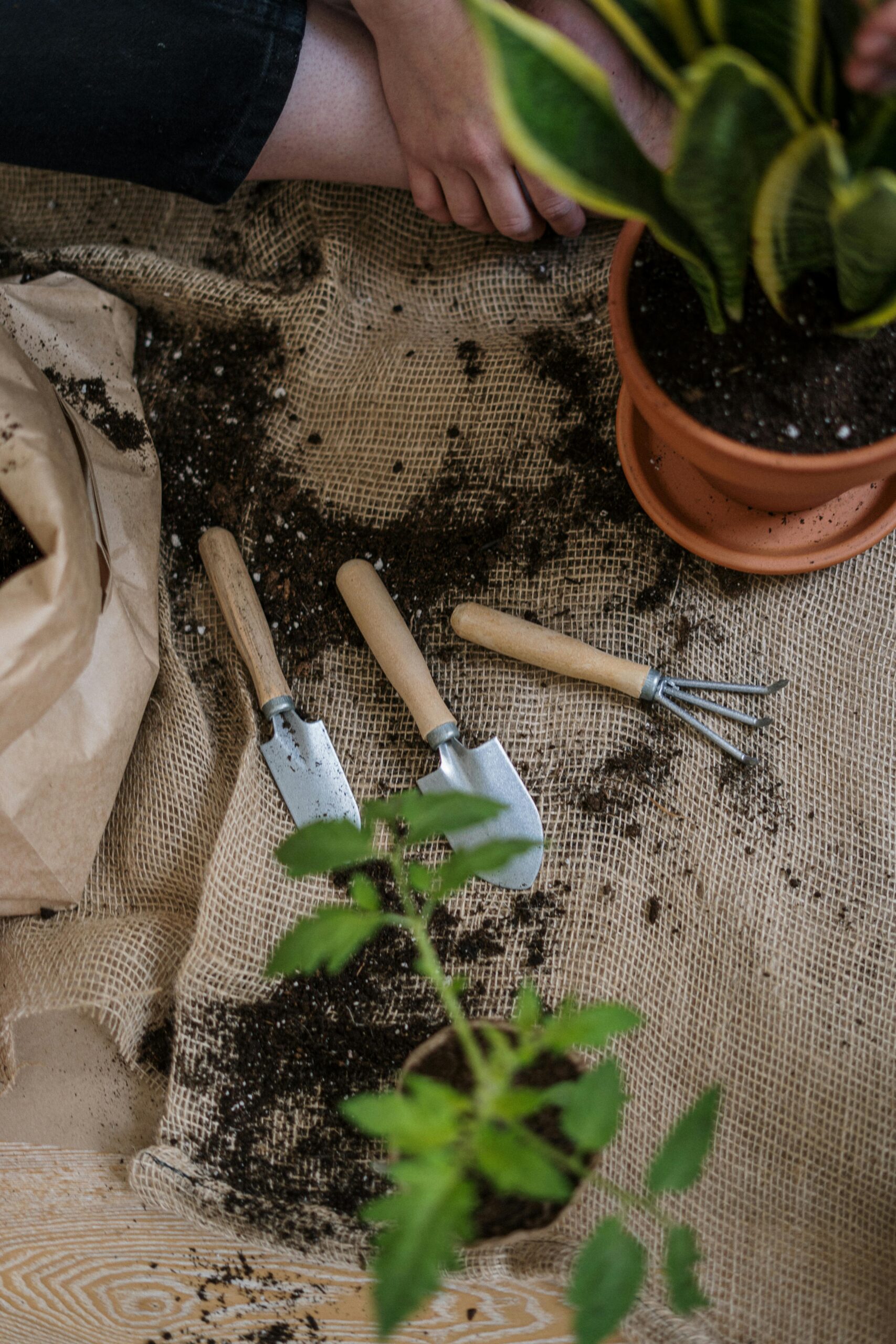
Pruning and Maintenance for Healthy Tomato Plants
- Pruning:
Remove suckers to focus the plant’s energy on fruiting. Suckers are small shoots growing between the main stem and branches that absorb the plant’s energy.
- Weeding & Mulching:
Add organic mulch to retain soil moisture and keep the area weed-free. This reduces competition for nutrients.
Learn About Common Pests & Diseases in Tomato Plants
- Pests:
The most common pests include aphids, whiteflies, hornworms, and spider mites. - Diseases:
Look for signs of blight, powdery mildew, and fusarium wilt, which are commonly found in tomato plants.
Solutions for Common Tomato Growing Problems
To combat pests and diseases:
- Use neem oil, insecticidal soap, or companion planting to deter pests naturally.
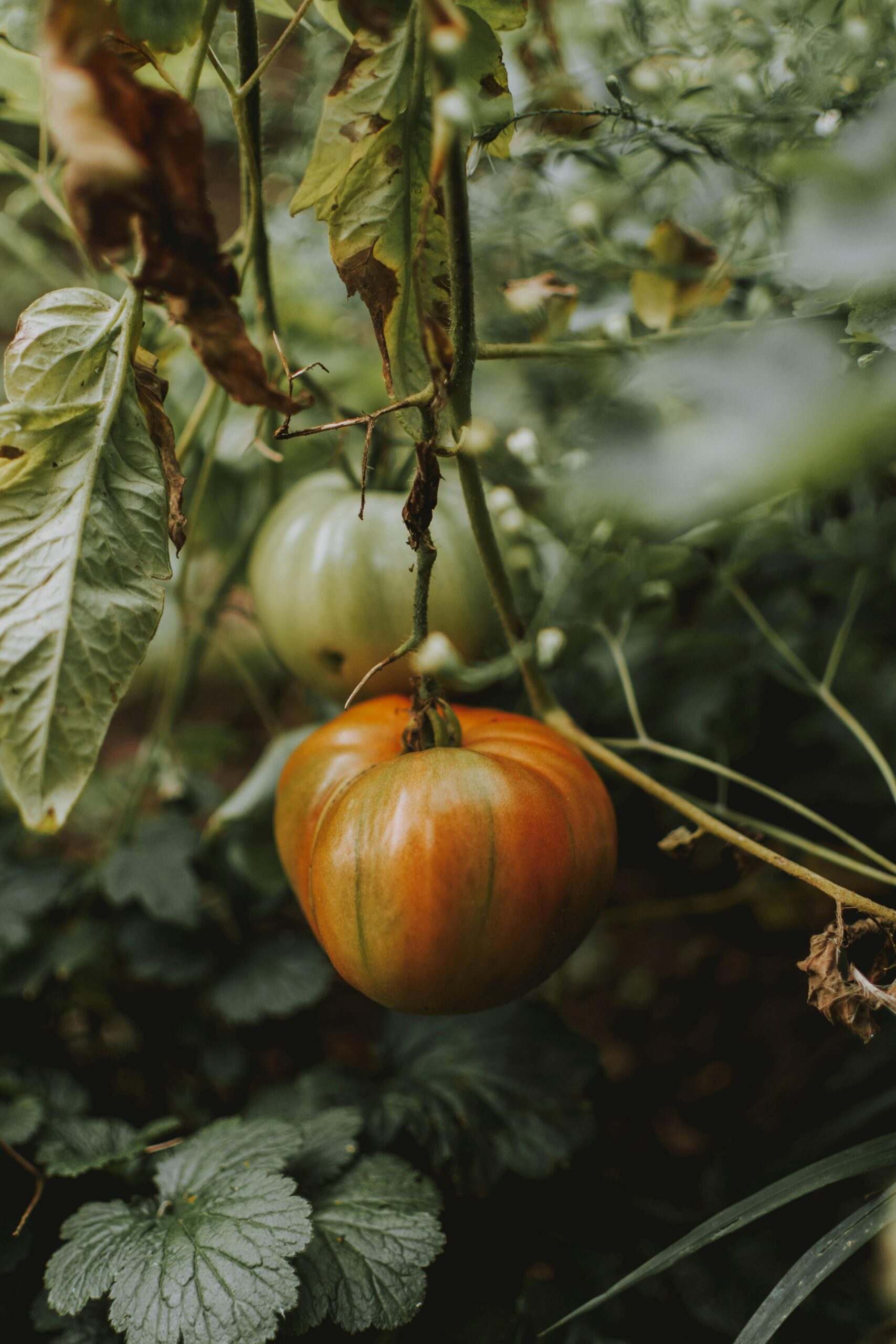

The Best Time to Harvest Your Fresh Tomatoes
For the best flavor, bright color, and taste, harvest your tomatoes when they are fully ripened.
- Method: Gently twist or snip the fruit from the plant to avoid causing damage.
Growing fresh tomatoes at home is a fulfilling and rewarding experience that brings both convenience and health benefits. By choosing the right soil, providing proper care, and managing pests effectively, you can enjoy a bountiful harvest right from your garden or balcony. Whether you’re a beginner or an experienced gardener, these tips will help you cultivate delicious, juicy tomatoes with ease. Start your gardening journey today and enjoy homegrown goodness all season long!
Learn more about growing peppers from seeds:https://peaandpepper.com/how-to-grow-peppers-from-a-pepper-a-step-by-step-guide-for-thriving-plants/


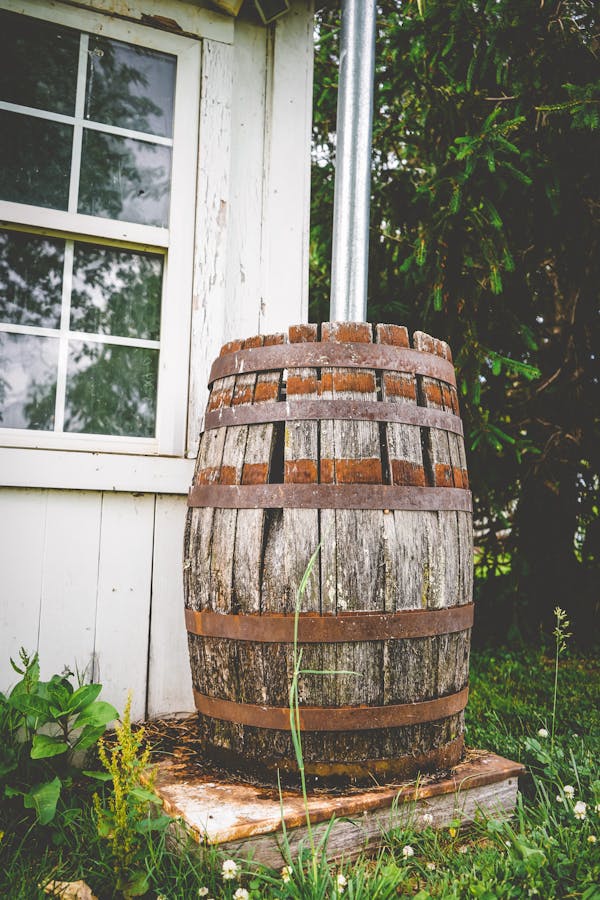
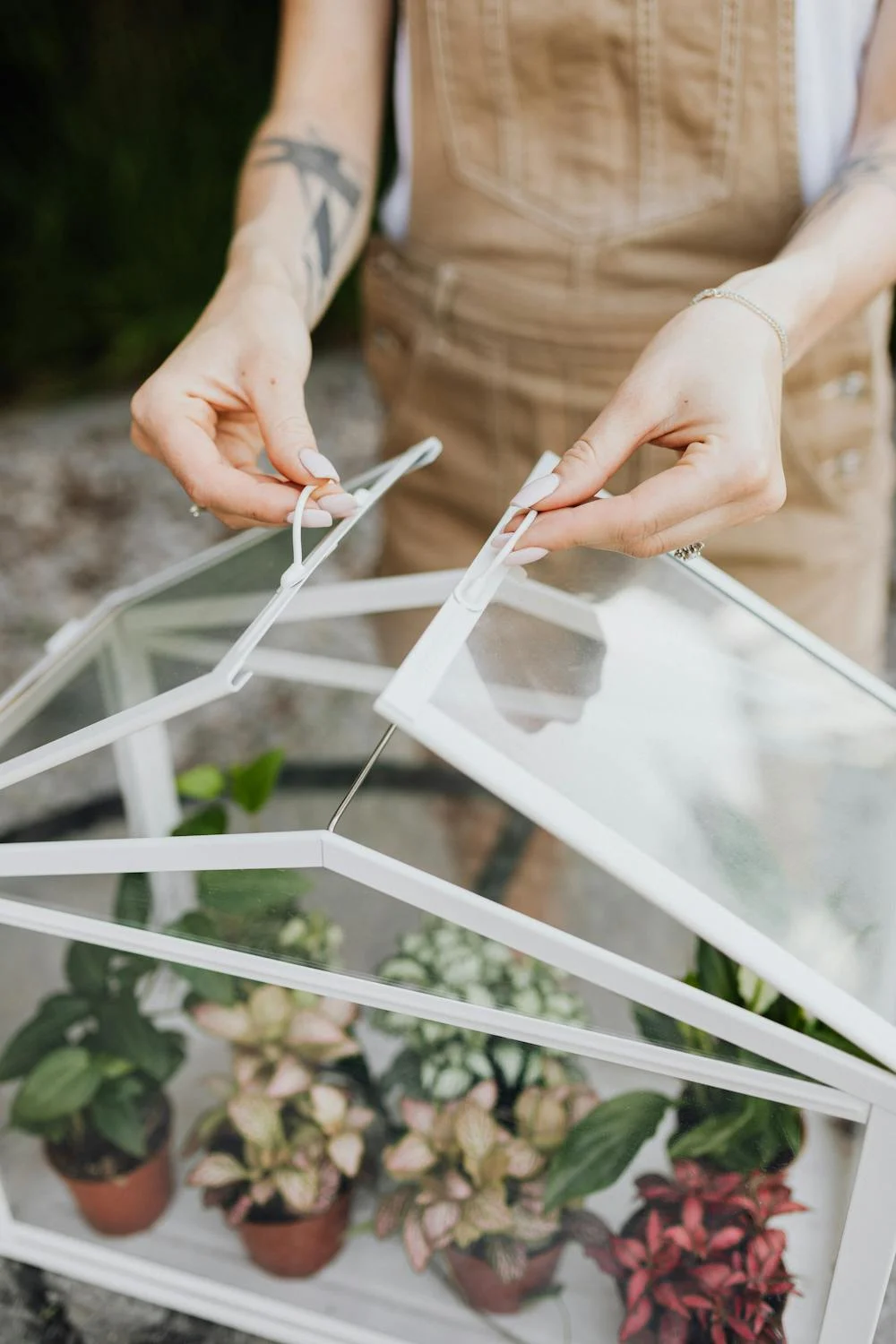
Leave a Reply